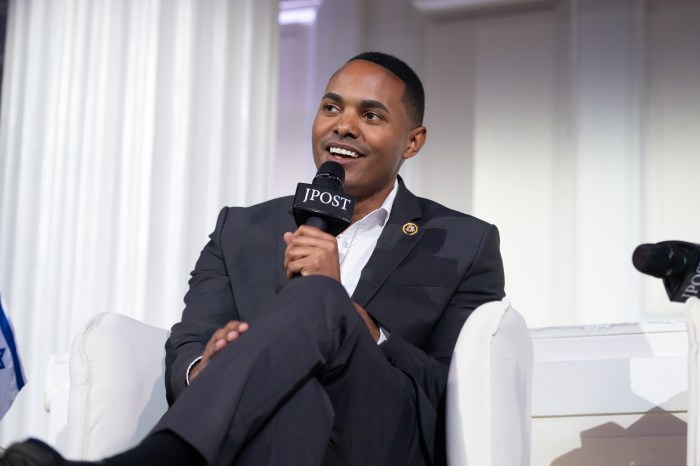President Barack Obama’s rule that extends overtime pay to lower-middle class workers will benefit tens of thousands of New Yorkers, according to elected officials.
Under the new policy, any salaried employee who makes between $23,660 to $47,476 will be eligible for overtime pay starting Dec. 1.
Comptroller Scott Stringer said 110,000 New York City workers will benefit from the change, including 67,000 employees who didn’t meet the state’s overtime threshold of $35,100.
“President Obama’s announcement will provide a much-needed boost to working families across the five boroughs,” Stringer said in a statement.
Stringer’s report said the 67,000 employees will get, on average, an extra $300 in annual earnings.
The rule will likely touch nearly every sector of the U.S. economy but is expected to have the greatest impact on nonprofit groups, retail companies, hotels and restaurants, which have many management workers whose salaries are below the new threshold.
Business groups, which lobbied heavily against the changes, say companies will be forced to cut wages and hours and may slow hiring.
The Obama administration and supporters of the new rule, like Mayor Bill de Blasio, say the $23,660 threshold allowed companies to hold down labor costs by requiring workers with relatively low incomes to work well over 40 hours per week without additional pay.
“When we grow economic opportunity, everyone wins,” the mayor said in statement.
The new threshold was lower than the $50,440 standard proposed by the Obama administration last year, but the last-minute change to lower it, which was widely expected, did little to appease critics.
Any federal standard above the $35,100 overtime threshold in New York, which has a high cost of living, will inhibit economic growth in more rural states in the South and Midwest, Tammy McCutchen, a Washington D.C. lawyer who works with the U.S. Chamber of Commerce, said on Tuesday before the final rule was announced. (with Reuters)
About 110,000 New York City employees will get overtime benefits in December, according to the comptroller. Here is how they break down.
89% are over 25 years of age
56 % are women
47% are persons of color
66% hold college degrees



































